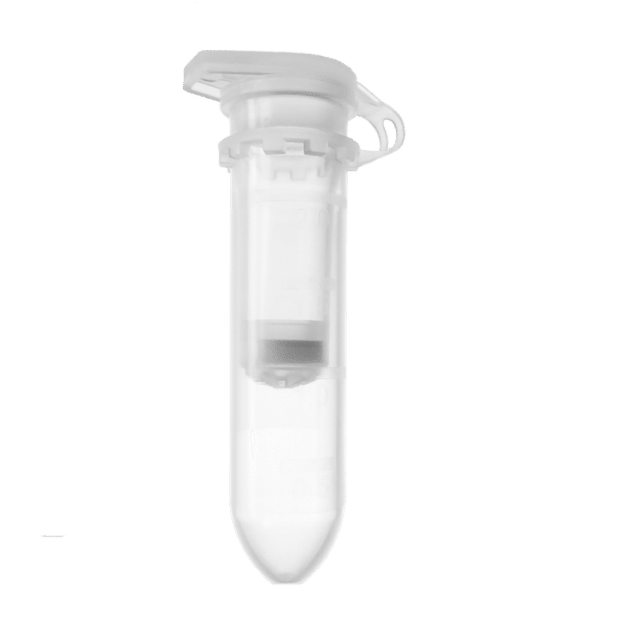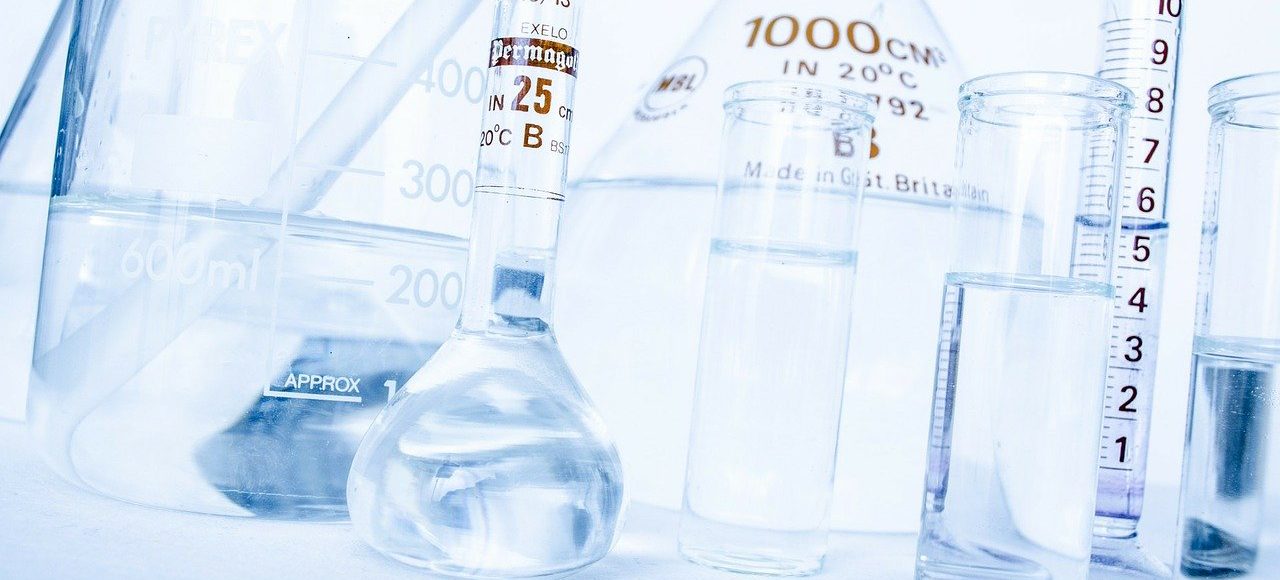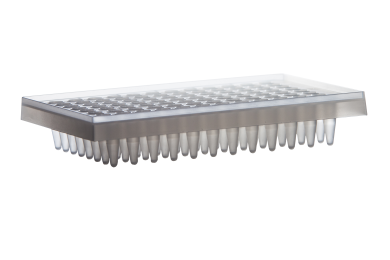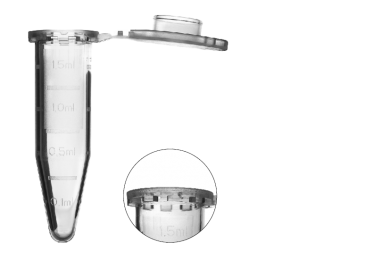CAPP Spin Columns for DNA/RNA Purification
A game changer for your lab

CAPP Expell Spin Column System uses an integrated approach to separate, isolate, and purify biomolecules in a simple workflow that results in exceptional quality. CAPP Expell spin columns eliminate the need for molecular biology laboratories to spend a lot of money to get high-quality biomolecules for their diverse use cases. By combining meticulous research and innovative product engineering, CAPP was able to cut the cost of producing a spin column, while also raising the bar of quality. That is why CAPP Expell spin columns are a game-changer.
True to form, CAPP EXPell Spin Columns are manufactured in a two-part system from a premium-grade of polypropylene. The two-part design of CAPP EXPell Spin Columns consists of a filter tube (0.8 mL) with a selection of filter membrane options as well as a receiver tube (1.5/2.0 mL). The material construction of CAPP EXPell Spin Columns provides superior structural strength that withstands the highest centrifugal forces while minimizing chemical interactions with reactants.
CAPP EXPell Spin Columns with glass fiber filters use the latest silica-based filtration membrane technology to bind nucleic acids with up to 99.99% efficiency. This ensures maximum recovery of DNA/RNA from a variety of samples. CAPP EXPell Spin Columns are also available with polyethylene filters that have excellent chemical resistance and can be used in prefiltration and removal of coarse materials from samples.

Product Features
High filtration efficiency spin columns with nucleic acid yields of up to 99.99%.
Premium-grade polypropylene construction that minimizes chemical interactions with reactants.
One filter tube size (0.8 mL) compatible with both 1.5 mL and 2.0 mL receiver tubes.
Receiver tubes with volume graduations that are clear and easy to read.
- Material Premium-grade polypropylene
- Filter membrane materials silica-based glass, fiber and polyethylene

Satisfied customers
That's why we do it
Need more information?
Do not hesitate to contact us
Want to know more about the Capp Spin Columns? Would you like to request a free sample? Contact us today and ask your questions.
Request more info - Labware
Related products
These products are also often chosen






